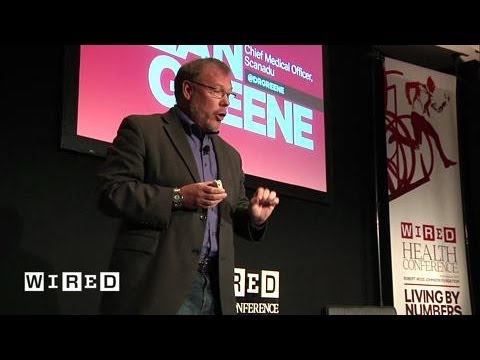Bitcoin Mining in Texas: How Cryptocurrency Operations are Moving to the United States
Summary
In this article, we explore the recent trend of Bitcoin mining operations moving from China to the United States, particularly to areas like Texas with low kilowatt-hour prices. We dive into the process of cryptocurrency mining and the energy-intensive nature of the operation. We also examine the cooling system and staff required to run a Bitcoin mine, as well as the potential profitability of such a facility. We discuss the energy consumption of Bitcoin and its comparison to other industries, as well as the future of blockchain technology.
Table of Contents
- Bitcoin Mining in Texas
- The Process of Cryptocurrency Mining
- Cooling System and Staff Required
- The Energy Consumption of Bitcoin
- The Future of Blockchain Technology
- Conclusion
Bitcoin Mining in Texas
Bitcoin’s market cap has reached $1 trillion this year, leading to an expansion of Bitcoin operations, especially after China’s recent crackdown on miners. This has caused a mass exodus to the United States, Russia, and other areas where mining facilities are available. Texas has become a hotbed for cryptocurrency facilities due to its low kilowatt-hour prices, which are due in part to a deregulated energy market.
The Process of Cryptocurrency Mining
Cryptocurrency mining is a process by which people contribute computing power and earn a reward for participating in a process that secures a network. Each building in a Bitcoin mine is 100 megawatts and can fit 30,000 ASIC miners. The energy intensiveness comes from the fact that solving mathematical puzzles is challenging, and you have to expend a certain amount of compute power to be the fastest one to solve the puzzle. The machines require more power, and more power requires larger capacity, bigger transformers, higher voltages, and more energy consumption.
Cooling System and Staff Required
The ideal temperature for a Bitcoin mine is 81 degrees Fahrenheit. The facility described in the transcript pumps water from a nearby lake through a mile-long pipe into holding tanks that recirculate the water through evaporative cooling walls. The air in the mine is cooled as it passes through these walls, which can reach up to 12 feet tall. The heat generated by the mining process is captured and evacuated out of the building through a chimney-like environment. The S19 miner has a hash rate of 110 tera has and can potentially make $30 per day, resulting in nearly $2 million a day for a facility of this size. The facility has a staff of 120 employees working 24 hours a day in three shifts.
The Energy Consumption of Bitcoin
While Bitcoin’s energy consumption is high, the speaker argues that it is not necessarily worse than the energy consumption of Wall Street or high-frequency trading algorithms. Newer blockchains like Ethereum 2 and Dfinit are implementing more energy-efficient ways of securing the network. The future will be about different internet computers competing for adoption, and the value will come from the applications and tools built on top of this computing architecture.
The Future of Blockchain Technology
Ultimately, the speaker believes that technology creates energy consumption patterns that need to be balanced with the societal benefits of the technology. The future of blockchain technology will be about creating a more energy-efficient and sustainable system while still providing the benefits of decentralization and security.
Conclusion
The trend of Bitcoin mining operations moving to the United States, particularly to areas like Texas with low kilowatt-hour prices, is a significant development in the cryptocurrency industry. The energy-intensive nature of cryptocurrency mining is a challenge that must be addressed to create a more sustainable system. However, as newer blockchains implement more energy-efficient ways of securing the network, the future of blockchain technology looks promising.






